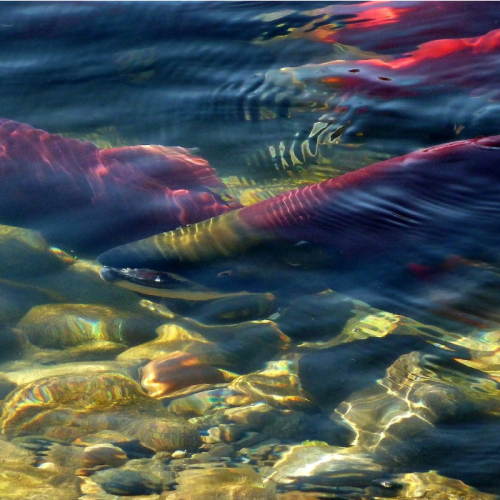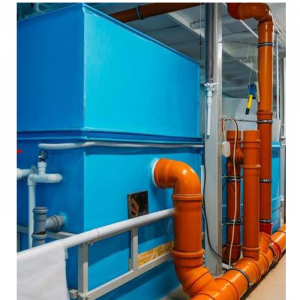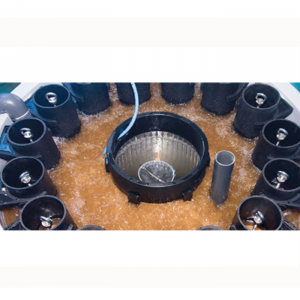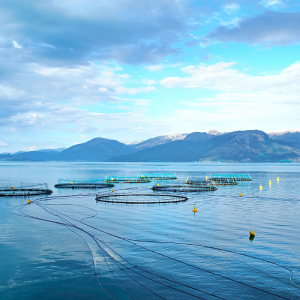
eDNA Technology More Effective In Monitoring Salmon Runs
| Fri, 24 Jul 2020 - 15:34
The annual upriver migration of Pacific wild salmon—integral to B.C.'s coastal ecosystem—is an important sustenance source for numerous animal species and a vital economic and cultural lifeline for Indigenous and other communities.
But salmon populations are increasingly at risk due to climate change and growing toxicity in ocean and river waters, making it essential to find more effective ways to monitor their population.
Genome BC will fund new research at Simon Fraser University involving the use of Environmental DNA (eDNA) technology as a more efficient way of monitoring salmonids, as they return from the ocean to journey upriver to their natal streams to spawn.
The study is being led by SFU biology professor Vicki Marlatt, together with the Gitanyow Fisheries Authority's head fisheries biologist Mark Cleveland. The researchers will use eDNA samples to quantify upriver migration of the five species of Pacific salmon passing fish fences installed in the Kitwanga River.
Marlatt, who oversees the eDNA Lab at SFU will work with Cleveland's team to design the field sampling regime for water collections and flow. The data gathered from these samples will be used to compare eDNA salmon counts with the more labor-intensive human salmon fish counts to determine which method is more effective.
Also read: How Do Salmon Know Where They Were Hatched?
Counting salmon using eDNA
e-DNA—a low-cost and non-invasive option—is increasingly being used by researchers for sample collection and species monitoring.
Varying amounts of eDNA are found in the skin, scales, or waste shed by salmon into their surrounding environment. These samples have a relatively short life span, but can help detect the presence or absence of the salmon through the presence of species specific eDNA, says Marlatt.
Also read: Bluegrove Aims to Change Aquaculture Via Technology – Starting with Salmon
Why it matters
Marlatt explains that the human count method for counting salmon works well, but requires labor-intensive human counters and less frequently, sonar, resulting in limited counting across streams in Canada.
"Additionally, to count spawning salmonids one must construct a fence that spans an entire river to prevent passage of salmon, except through single narrow gates, so that a human observer can count and identify the species," she says.
"This is costly to construct and operate, thus alternatives to these labor-intensive, high-cost methods would allow more rivers to be monitored for salmon abundance, and this is where testing eDNA for salmon enumeration comes in."
If successful, the use of eDNA can be expanded for wider commercial use across B.C.'s fisheries and aquaculture sectors.
Source: phys.org






















